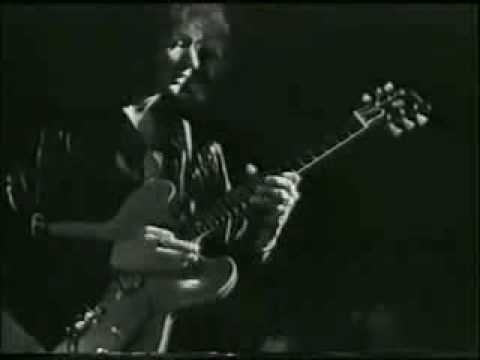I feel like I’ve taken certain things for granted technique-wise and then regreted it later, having to tear things down and start from scratch. Right now I’m feeling this way about my right (pick) hand anchoring.
Instructions in the Primer are pretty explicit in this regard. At one point, it’s putting the “pinky heel” (base of hand beneath pinky) on the back of the bridge, near the saddle screws, and the thumb heel on the strings. Problem is, that’s good for DSX, but not so much for USX.
And since the right hand has got to deaden noise on strings to the bass side of the picked string, the anchor point seems to be a big deal.
True, one’s approach to technique evolves. But I don’t want to set myself up for more trouble, aggravation, and another tear-down; it’s time to start doing things that make sense.
I find that tremolo on one string - and I’m assuming this will apply to the whole single-escape thing across multiple strings, once I get there - is a lot easier with an anchor than without. But as I said above, planting on the back of the bridge, forcing the forearm into a supinated position, isn’t to my liking.
Can I “anchor” on the strings instead of the bridge? With the pinky gracing the pickguard? Will that work with fast picking?

